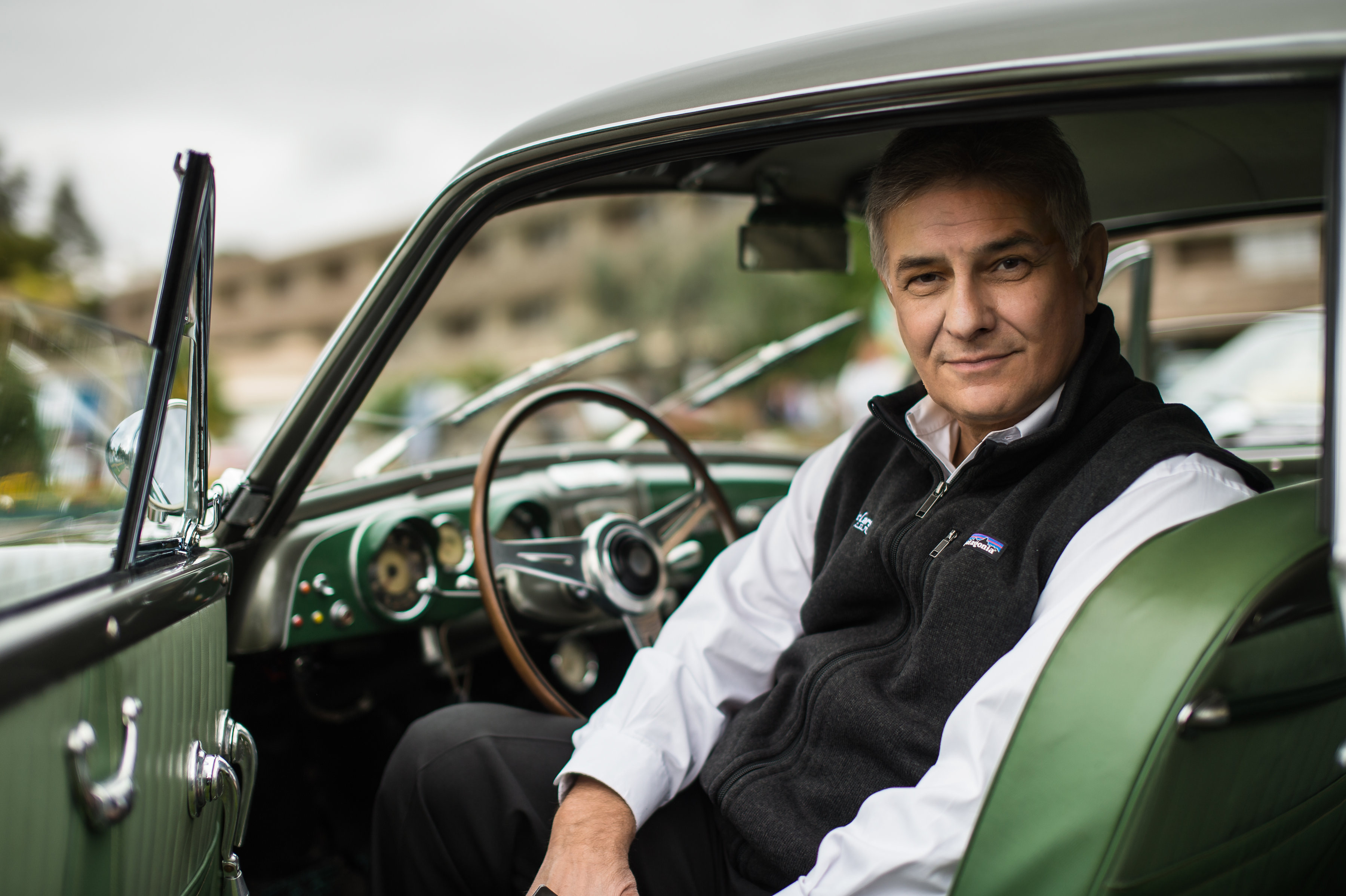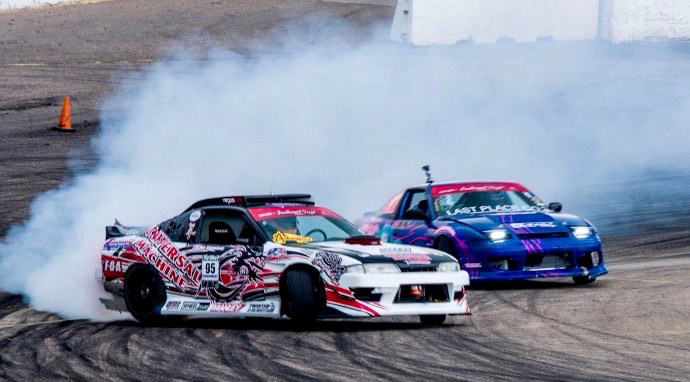Editor’s note: This is the fourth in a week-long series that looks to the future of the collector car hobby. Today, Roger Falcione, founder and president of ClassicCars.com, considers where the collector car marketplace is headed during the coming decade.

In the last 10 years we’ve seen a dramatic change in our automobiles. We’re driving cars that are safer, more powerful and are loaded with new technology. In many ways, technology already seems to have leapt ahead of real-life needs and conditions.
Looking to 2030, the easy answer is to say the next decade will provide more of the same, the automobile will continue to evolve as the this “technological revolution” unfolds.
As mentioned in the essay I contributed to the 2030 series a year ago, autonomous and electric vehicles are raising new questions about road safety and the laws regarding the regulation of production and usage of these technologies.
For example, a potential law was being discussed that would require noisemaking devices to be installed in electric vehicles and hybrid cars. Under the proposal, by September 2020 such “silent vehicles” would have to emit noise when moving at speeds of up to 19 miles per hour.
How we define risk and who owns it need to be addressed if these new technologies are to become widespread by 2030.
If climate change continues to accelerate, as some scientists are reporting, it’s not too hard to envision even more drastic moves by governments to reduce carbon emissions. Auto manufacturers already are making big moves to accommodate alternative fuel vehicles. Many more options figure to be available as we march toward 2030.
How the next generations become involved? Will the next-gen perspective on cars be more as transportation appliances or will it be similar to the experience of the past, fueled by memories and passion?
Advanced technology will also become more widespread in vehicle development and production. For example, 3D technology is playing a growing role in vehicle design and production. Consider the 3D printed titanium wheel by HRE. Reduction of costs and time of prototyping, collaborative development and, of course, manufacturing, 3D technology will change the automotive industry dramatically in the next decade and beyond.
Collaborative development is another trend that is changing how we are produce vehicles. Consider the new Toyota Supra, a joint venture with BMW. Ford and Volkswagen are working together on advanced technologies, as are BMW and Daimler. Autonomous driving is a huge focus as other manufacturers try to catch up with Tesla’s head start.
All of that being said, a bigger concern for the classic car hobby is how the next generations become involved. Will the next-gen perspective on cars be more as transportation appliances or will it be similar to the experience of the past, fueled by memories and passion?
Generation X has shown interest in a redefined “muscle car,” involving both import and domestic cars as their chassis of choice for doing performance upgrades.
Millennials are our biggest challenge. But not how they have shown an interest in one of the fastest growing motorsports: drifting.

Motorsports has always been an influence in the collector car community and we are seeing the same trend among Millennials with drifting. One immediate result is increased interest in cars such as the Nissan 240SX, Toyota Supra and Ford Mustangs, which are favorites on the drift tracks and with young collectors.
Performance and technology are of strong interest to Millennials. But autonomous and electric vehicles also are creating a buzz for that generation, even if they are being consumed mostly by Generation X.
As they get older and make more money, Millennials will be a major force as buyers of those vehicles, of all vehicles — new and vintage. Interestingly, while Millennials view cars as both a transportation appliance and an experience of passion, they express an interest in having a separate vehicle dedicated to each purpose in their garage.
So how do classics fit in with all of these advances in automotive technology?
The love for the classics is thriving and growing, though with a twist. Modifying older classics with newer technology has made the resto-mod sector very popular. We’ve seen this happen with the cars from the 1950s and ’60s cars, and even earlier, being retrofitted with modern day air conditioning, disc brakes and other upgrades.
The new twist is adding electric motors to some iconic classic vehicles, a practice cheered by some and denounced by many.
Regardless, the availability of information and parts via the internet has contributed to the popularity of such upgrades and updates and we anticipate is going to continue to grow.
Note that the first all-electric professional competition car was introduced to Formula Drift this year, a 2019 Chevrolet Camaro with a drivetrain reminiscent of a Tesla. Meanwhile, the term “Teslonda” was born by the placing of a Tesla Model S P85 electric motor into a 1981 Honda Accord
One thing is for sure, 2030 will bring many surprises and changes to the automotive world. In the meantime, let’s all enjoy the ride.






I guess that this drifting stuff is cool, it must be nice to be able to afford to go through tires like that though! But I can get through or corner quicker then doing it sideways!
If they just could come up with a "clean" fuel so we can keep the engines in our classics. So at almost every reload station in the future they will have 1 pump with the clean fuel so we can fill our cars up and still drive them. I wouldn’t want to electrify a muscle car even if it made it faster and more reliable. The noise, the feel, manuals and so on…